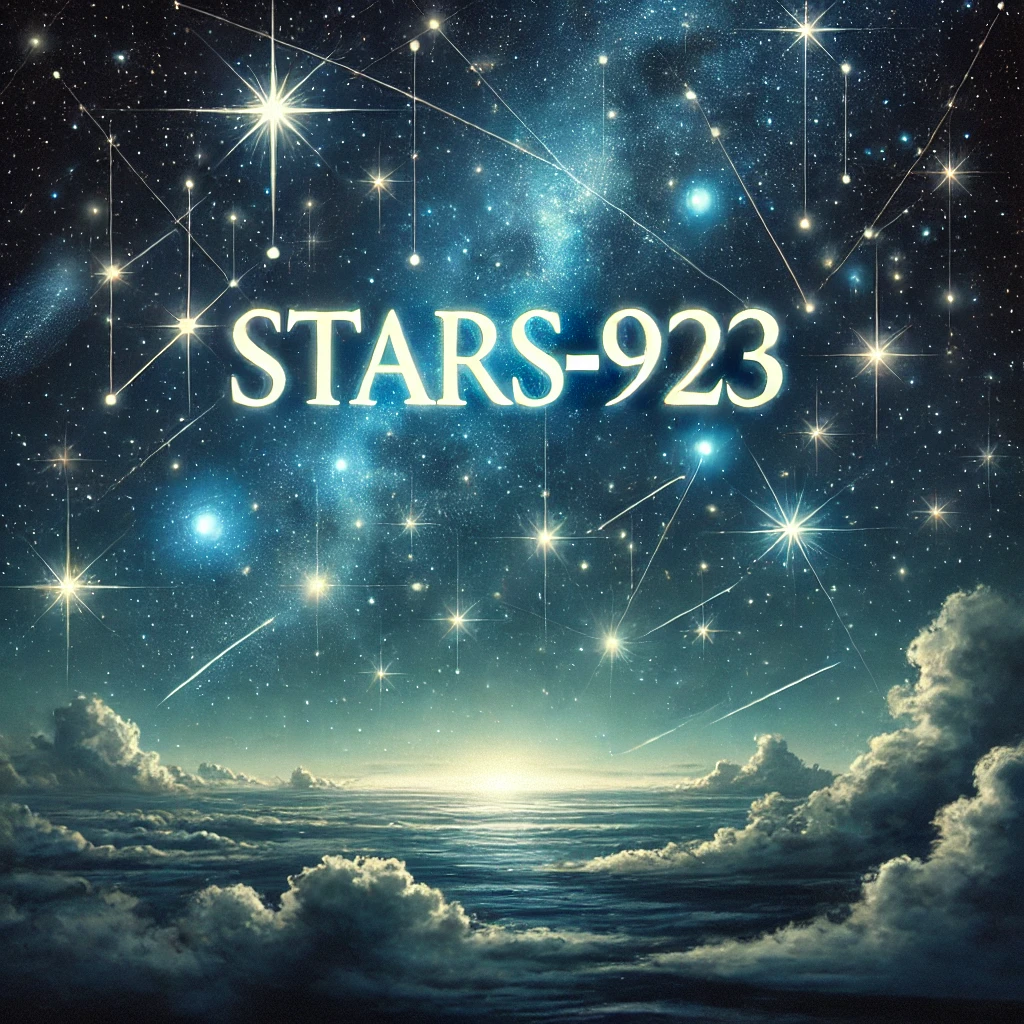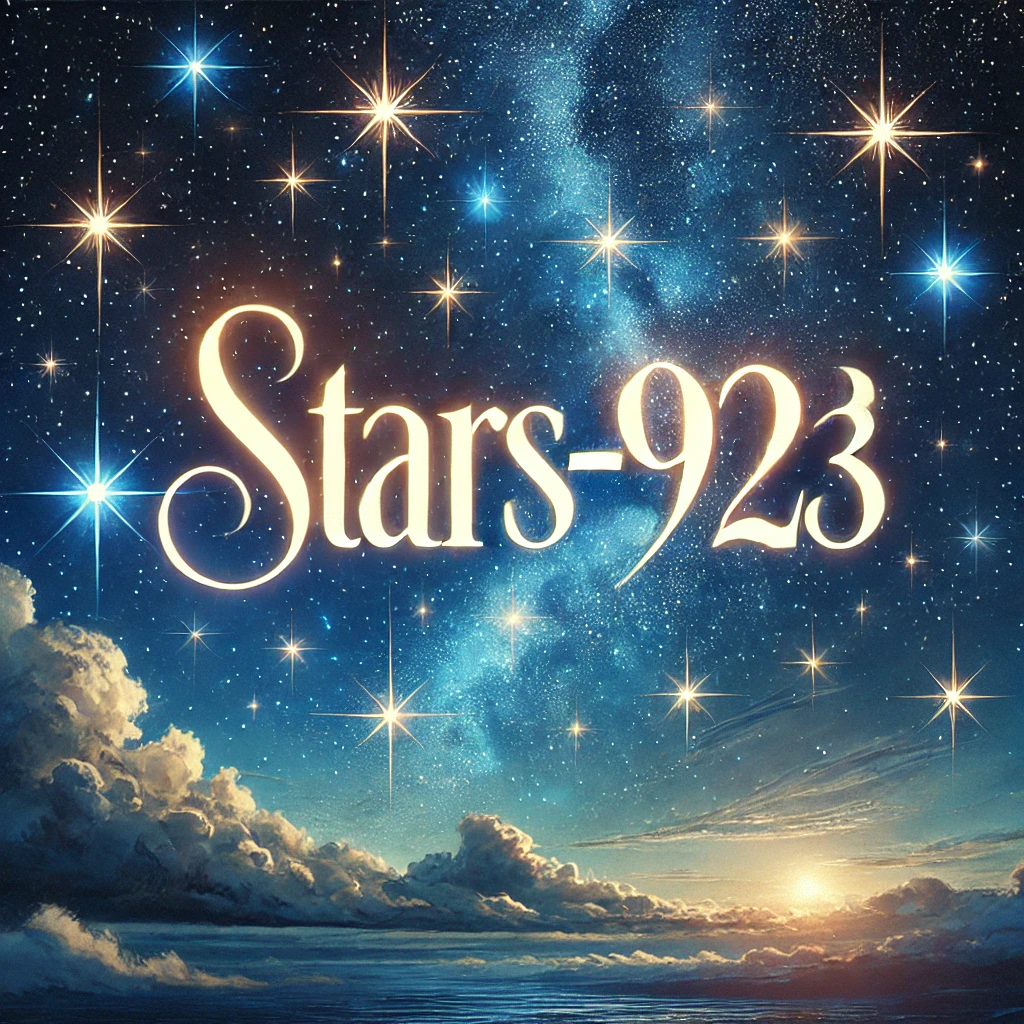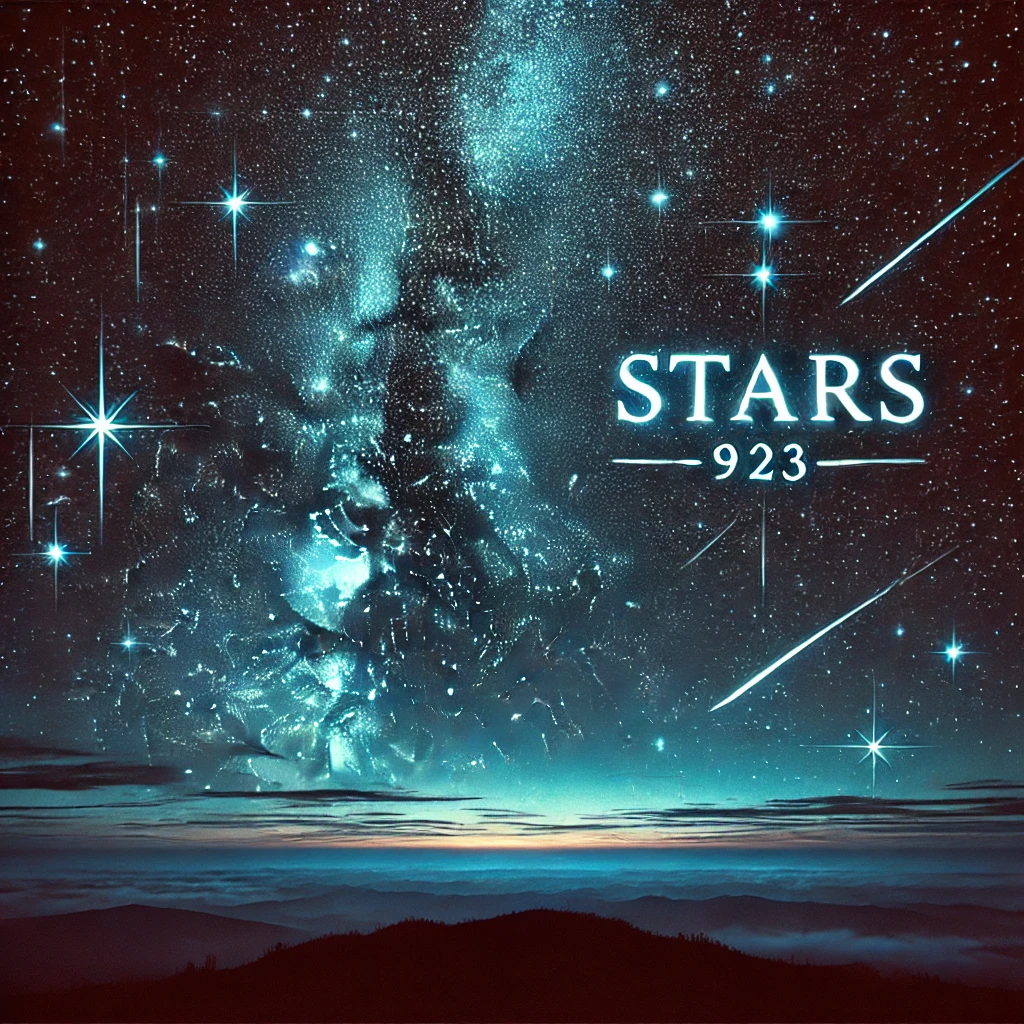
Overview of STARS-923
STARS-923 is a cutting-edge project in astronomy that focuses on the classification and analysis of stars in our galaxy. Enhancing our knowledge of the creation of stars, galaxy development, and the varied properties of different celestial types is the goal of this initiative. Through the use of cutting-edge monitoring strategies and information analysis tools, STARS-923 aims to provide fresh perspectives on the existence of stars and how they impact galactic dynamics.
Observing star clusters, analyzing stellar populations in various galactic contexts, and investigating phenomena like explosions and black hole production are just a few of the many research tasks covered by this project. STARS-923 is well positioned to contribute significantly to our understanding of the universe by employing advanced modeling techniques and high-resolution instruments.
By taking a comprehensive approach, STARS-923 hopes to improve current hypotheses regarding fundamental physics and cosmic structure in addition to adding to the list of identified stars. Leading physicist and scientists have joined forces to launch this project, which is aimed at expanding our knowledge of the cosmos.
How to Recognize Clusters in the Night Sky: An Introduction?
Finding constellations may be a fulfilling experience that helps you develop a stronger connection alongside the celestial body and a more thorough grasp of astronomy. Here’s a beginner-friendly step-by-step guide:
1. Recognize the Fundamentals
Star clusters that form distinguishable patterns are known as constellations.
Stars constitute the luminous spots in the nighttime sky that create amazing designs.
2. Obtain the Appropriate Equipment
Star Map: A diagram of the night sky for the time and place you are.
Apps: By directing your phone toward the heavens, you may use mobile apps like Stellarium or Star Walk to recognize constellations.Telescopes and binoculars are optional, but they can improve your view.
3. Select the Appropriate Time
The seasons: There are seasonal variations in constellations. Consult the present season’s constellation map.
Period of Night: Certain times throughout the night are ideal for viewing particular constellations.
4. Identify the Main Constellations
Orion: Locate the trio of stars that make up Orion’s Belt.
Ursa Major: This group of stars includes the Great Dipper.
Cassiopeia: It can be identified by its M and W form.
5. Make Use of Star Patterns
Identify the North American Star: For help with self-orientation, use the Large Dipper as a guide to locate Polaris.
Connect the Dots: To observe the outlines of celestial bodies, make fake paths among stars.
6. Consistent Practice
Maintain a Sky Journal by noting the constellations you observe and where they are.
Attend star parties to pick the brains of seasoned astronomers in your area.
7. Extra Advice
Look: for dim regions far from city lights to avoid light pollution.
Employ a Red Light: Maintain your night perception while making apparatus adjustments including viewing star maps.

Stars-923: Can They Support Life?
A star’s capacity to sustain life, like stars-923, is dependent on a number of elements, chief among them being the existence of an inhabitable area surrounding the star. Here is a summary of the most important factors to keep in mind:
1. Kind of Star
Main Series Stars: Stable, long-lived stars like our Sun are better suited to harbor life. Planetary constant temperatures and irradiation output facilitate the stabilization of ecosystems on planets that fall inside their livable zones.
The most prevalent stars in the galaxy are called red dwarfs. Compared to our Sun, they are smaller, colder, and have longer lives.Nevertheless, because their zones of habitability are closest to the star, worlds in orbit may experience gravitational locking problems.
Giant Stars: Given extremely brief lives, which prevent planet from developing sophisticated life, these stars are unsuitable for hosting life.
2. Area of Habitability
By definition, the habitable zone (HZ) is the area surrounding a star that may have adequate circumstances for liquid water to gather on a planet’s surface. This is essential to life as we know it.
Radius from Star: The degree of warmth plus brightness of the star determine where the area that can be inhabited is located. It is around 0.95 to 1.37 astronomical units (AU) away from a bright star such our Sun.
3. Environments of the Planets
A planet’s environment is necessary to keep its liquid water stable and protected. For temperature regulation and radiation protection, there has to be a sufficient layer of atmosphere.
Surface Requirements: The planet needs liquid water, steady temperatures, and a healthy chemical environment.
4. Activity of Stars
Flame and Radiation: Elevated star activity can affect planetary temperatures and atmospheres, which might hinder the emergence or survival of life.
5. Information from Observations
Present Observations: It would be necessary to make thorough investigations of the star’s planets, if any, and their circumstances in order to ascertain whether stars-923 harbors life. This covers their outermost conditions, atmosphere makeup, their separation from the star.
In the absence of detailed information about stars-923, a definitive response is challenging to give. On one hand, species may exist if they belong to the class of persistent, stable star systems with worlds that are in the accessible area provided the planets have the right parameters.
What distinguishes stars 923 from other types of stars?
Stars-923 is a made-up classification from a science fiction setting that is not acknowledged by real astrophysics. Nonetheless, it can be used to show how various astronomical classifications function by drawing comparisons with actual star kinds. Below is a general summary of the different kinds of stars and their attributes:
Actual Star Types
- Primary Sequence Stars
- Stars that are converting hydrogen into helium in their bellies during the first stage of their existence cycle.
- The Sun (G-type) and Sirius (A-type) are two examples.
- Features: They differ in size, brightness, and temperature, but they’re all engaged in the combustion of hydrogen.
- Giants in red
- Stars that have warmed & broadened after running out of hydrogen in their cores.
- Examples are Aldebaran and Betelgeuse.
- Features: They are significantly bigger than the main characters and possess colder surfaces.
- Dwarfs in White
- The remains of stars that have lost their outer layers, revealing a dense, hot core.
- Procyon B, Sirius B are two examples.
- Features include being small, extremely dense, and not undergoing fusion reactions.
- Stars with neutrons
- Description: Made largely of neutrons, these supernova explosion remains are incredibly dense.
- Pulsar PSR B1919+21 is one example.
- Features: Extremely compact, extremely dense, and frequently radiate beams of light.
- Dark Holes
- Things whose gravitational fields are so intense that not even light will penetrate them.
- A supermassive black hole in the heart of the galaxy is an example, Sagittarius A*.
- Features: Not galaxies in the conventional sense; rather, they are the outcomes of mergers or the remains of enormous stars.

Stars-923 is a fictional constellation:
As a made-up star classification, “Stars-923” can have different meanings depending upon the textual and philosophical framework in which it appears.
Features:
Environmental Terms: May possess special circumstances that are extremely friendly or unfriendly to life.
Life Assistance: It could be classified as possessing sophisticated systems of biology or advanced technologies, according to its features.
Variations:
Scientific Foundation: Theories plus observed tangible features serve as the foundation for actual star categorization. On the other hand, fictitious categories such as “Stars-923” could differ from actual astronomical concepts because they depend on imaginative or hypothetical aspects.
Produce for Life: Depending upon their energy production and the zone of habitability surrounding them, real stars differ in their capacity to support life. Fictional stars may be created with certain attributes that help or impede life, depending on what the plot requires.
Understanding the development of stars: life cycles, and astronomical occurrences is aided by accurate star classifications. Fictional star types are used to further a story and can contain inventive or fantasy elements that are not supported by current scientific understanding.
In the event that you possess particulars regarding “Stars-923” from a fictitious or hypothetical source, we might base a more thorough comparison on those characteristics.
The End of Stars-923:
Characteristically, Stars-923 is unique among stars kinds because of its unique category. The following enumerates its distinct attributes and ramifications:
Categorization and attributes:
- With unique stellar characteristics that distinguish them from more prevalent varieties like main-sequence stars, titans, and white dwarfs, stars-923 are members of a distinct category.
- Their distinct color benchmarks brightness, meaning and wavelengths frequently point to exceptional circumstances, such as uncommon chemical compositions or evolutionary stages.
Significance of Astronomy:
- Deeper understanding of star evolution and physics can be gained from studying Stars-923. They can differ greatly from more well-known stars in terms of their formation, lifetime, and final states.
- Astronomers may test and improve mathematical predictions of stellar activity by examining Stars-923, which advances our understanding of the cosmos.
Effect on Cosmic Perception:
- Missing information regarding the variety of constellations as well as the scope of potential cosmic occurrences are filled in part by an understanding of Stars-923.
- Their research may provide fresh insights into the circumstances that lead to the creation of these stars and the effects they have on the ecosystems around them.
Prospective Routes for Research:
- More experimental and theoretical studies are required to properly understand Stars-923’s special characteristics. High-resolution spectroscopy, in-depth photometric analyses, and simulations to investigate their physical characteristics and evolutionary histories are some examples of this.
All things considered, Stars-923 constitute an intriguing and intricate field of stellar astronomy that presents important chances to deepen our knowledge of the stellar population of the cosmos.
